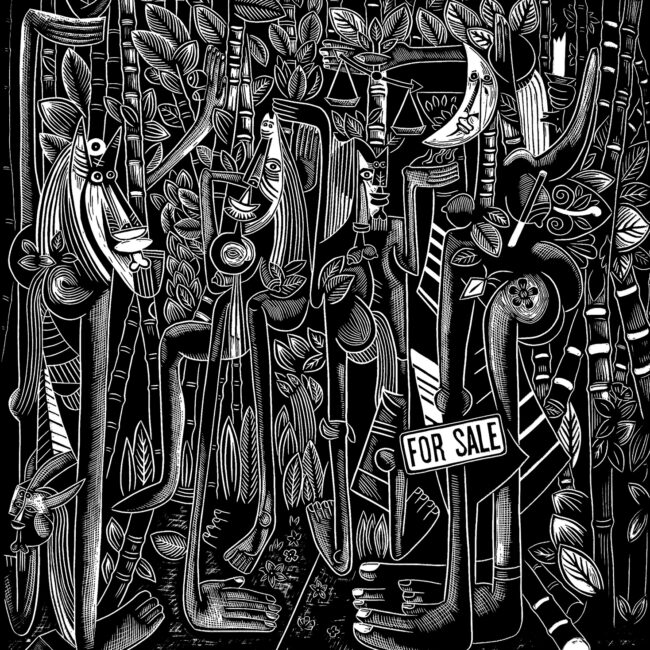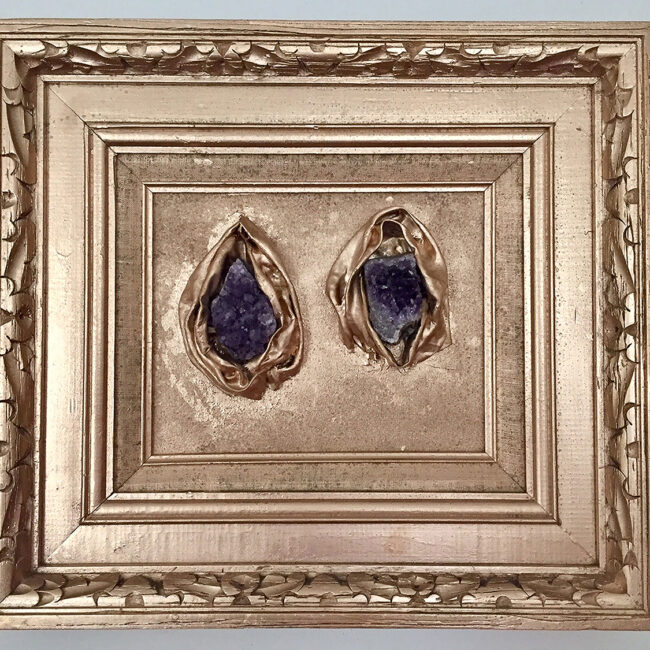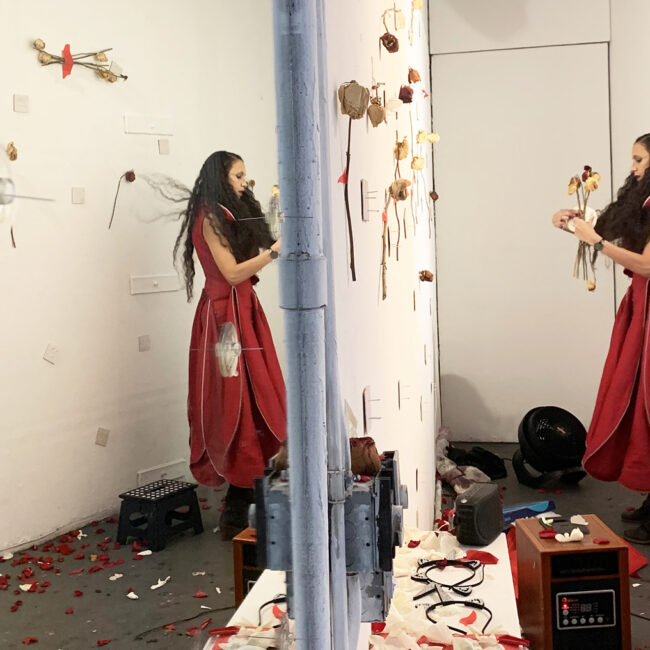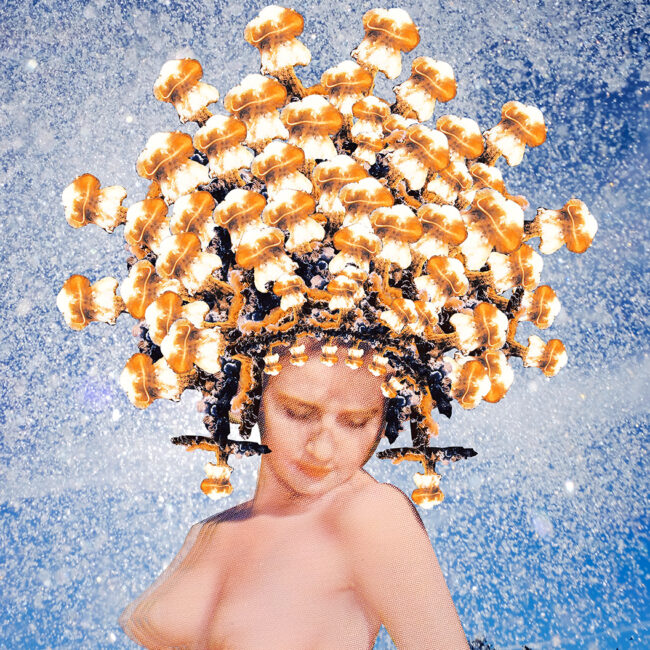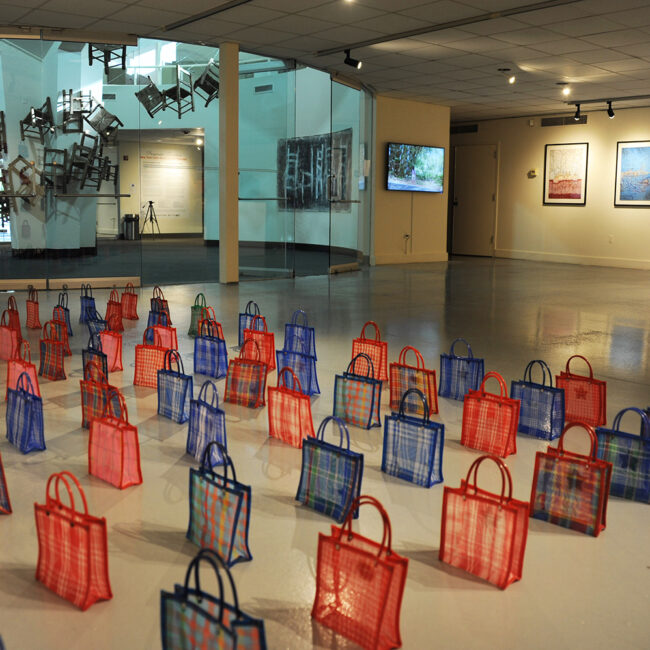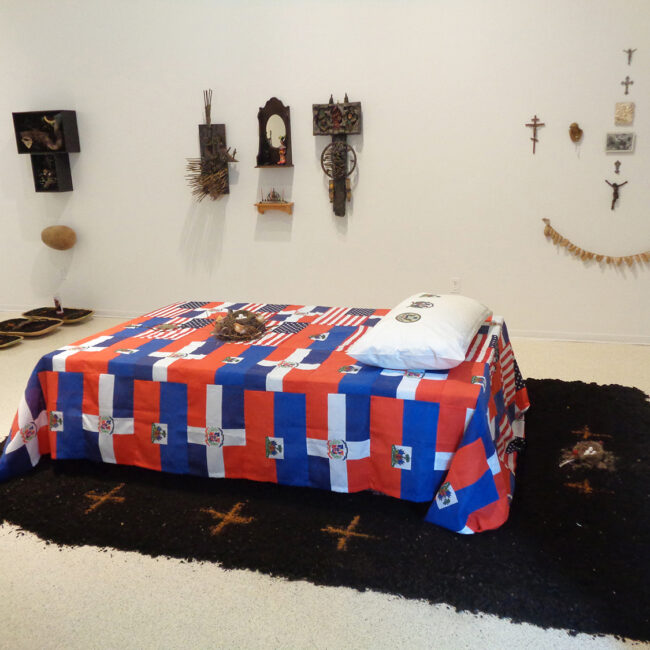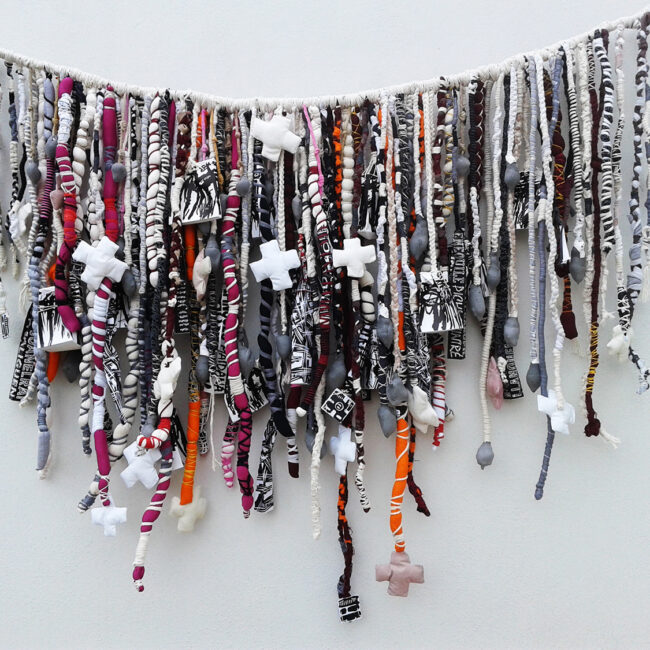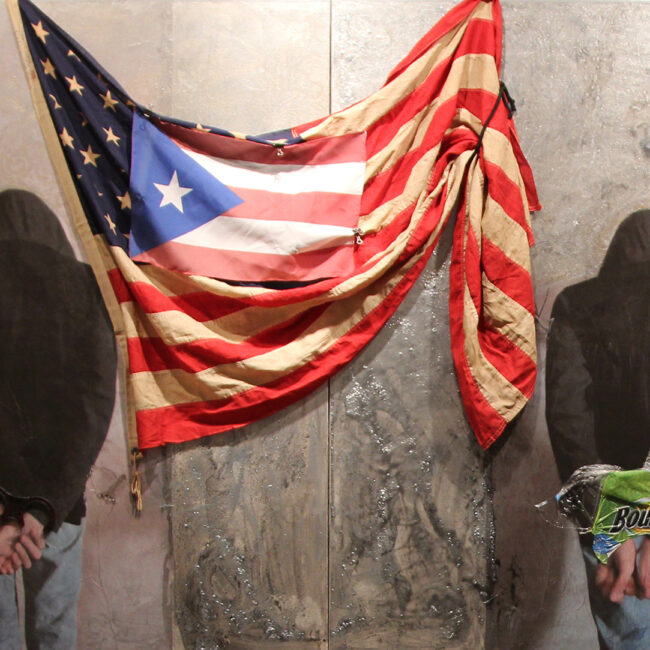Triennial
20192019
Work by: Iliana Emilia Garcia
Progressive Transition
Progressive Transition has received renewed attention in recent years, and studies linking it directly to Latin American Art are uncommonly rare. The New York Latin American Art Triennial in the core of its intent and curatorial structures examines transition and its implications for contemporary debates on Latin American Culture, its arts, and creative manifestations. Furthermore, these varied exhibiting events include analysis of Art relating it to social issues, Popular Culture, and definition and implementation of cultural policies. The New York Latin American Art Triennial also includes installations and cultural criticism touching on ethnic identity, racial politics, women’s issues, and conflictive postmodernity.
The theme and explorations in “Progressive Transition” are marked by excessive usefulness. The Progressive has exceeded the specific within the present to become inextricably linked to the constant growth, and transformation within the scope of Latin American Art and its creative exponents. At the same time, artists make a resistant grouping of interests, all of which have become multiple definitions of the contemporary. Curatorially the project proposes to closely examine the tendency for artists to identify that they are part of something, which is recognized, and defined by others. The series of exhibiting events that comprise The New York Latin American Art Triennial activates Transition in a specific new view, and objectively analyze its art-content. The Triennial does not attempt to describe a practice but a general “being in the context”. The art selected for this New York Latin American Art Triennial 2019 edition represents artists operating within a conceptual cartography of the general transition as value, as a progressive expression on a personal level, and which present it in a collective stage. Yet on a level of language, we now find that the meaning of Progressive Transition is being redefined by a new art historical approach that is focused on its products, ideas, and projections.
In recent years artists, curators, writers on art, and art critics, have shown a preference to speak of “Art in Latin America” instead of “Latin American Art”, as a de-emphasizing emerging convention that attempts to underline, on the very level of language, its rejection of the suspicious construction of an integral, emblematic Latin America, and beyond this, of any globalizing generalization. Nevertheless, to stop being “Latin American Art” means to distance oneself from a simplified notion of Art in Latin America, and to highlight the extraordinary variety of symbolic production on the continent. This means that currently, we are going through a phase in which, —whether we like it or not— it is quite likely that a new terminology and means of delineation will be proposed. It is therefore necessary —for artists specifically although never alone—, to engage with this process of re-describing what gets made now. Beyond this confrontation, context is a basic factor in the works of the artists who have established a new perspective that, more than representing contexts constructs work from them. The core assumption we intend to explore in Progressive Transition is that all we need is a place to show to be part of and to move on towards the outer frontiers of Contemporary Art. Desire, drive, and motivation are sublimated. Our project-based approach creates a hypothetical method that endorses the mutable collective. A clear perception combined with instinct and continuously building on. All processes contribute to a matrix of existing forms and justify them by continued reappearance. The works always project into the future while holding the recent past close at hand. It predicts the implications of itself and builds a bridge between the almost-known-but-half-forgotten, and the soon-to-be-misunderstood.
Each artwork is always answering questions about itself and all other artworks. It used to be said that Art is like theoretical physics —a specialization with a small audience—. It could have been a perfect research-based existence. Yet, in a world where the contemporary artist is considered cynical, you never meet an artist who completely gives up. The perceived lack of receptive audience is transformed into layers of resistance —not to the work itself but to the encompassing whole—.
As with the concept of Transition, these notions respond to relevant cultural processes taking place in such a complexly diverse milieu as Latin America —with its contrasts of all types, its cultural and racial variety and mixtures, its multiple coexisting temporalities—, and have also demonstrated to be very productive to analyze the region’s Culture and its routes. Nevertheless, it is problematic to use them as emblems to tag Latin America or the post-colonial world, because as a matter of fact there is no culture, which isn’t a hybrid one. This does not mean that such notions do not possess a particular utility to analyze post-colonial culture since hybridization processes were especially important for its formation under a vast span of differences, asymmetries, contrasts, and situations of political, and or financial power.
There is no other region in the world where such a massive racial and cultural blend has taken place. Yet, a problem with all notions based upon synthesis is that it tends to erase imbalances and conflicts. Even worse: it can be used to create the image of a fair and harmonious fusion, disguising not only differences but also contradictions, and flagrant inequalities under the conception of an integrated, Omni-participative nation, as one can clearly see in the cases of Mexico and Cuba. These artists are aware of the non-existent vital or artistic authenticity outside of what they themselves need to express, and this crucial and essential awareness allows them to offer a rich visual universe that enhances their current creative cultural heritage. Also, in this sense artists intend to challenge, and or influence receptive and sensitive audiences, whereas Progressive Transition suggests the controversy produced by artists in their attempt to push the boundaries questioning the premises, on which Art had longed been based.
The artists represented within the present edition of The New York Latin American Art Triennial, belong to multiple generations and communicate their ideas and beliefs through their creative works. Raising public awareness on current issues such as migration, religion, social justice, history, and environmental awareness among other subjects, in the attempt of redefining the foundations of Art, and to closely examine the addressed issues. Artists are struggling to find other methods to evaluate and reflect on everyday life. These creators produce works of displeasing clarity that bring the realization of issues to the world that need to be addressed.
At this point of development and criteria, it is relevant to notate that Contemporary Latin American Art has historically implied a specific accommodation of a loose set of open-minded economic and political values that are mutable, global, and general —sufficing as an all-encompassing description of “that which is being made now”—. But the flexibility of Contemporary Latin American Art as a term is no longer capable of encompassing all dynamic current art. Only because an increasing number of artists seek to radically differentiate their work from other art. It is increasingly difficult to ignore the fact that the definition has been taken up by such apparently mutually exclusive arenas as auction houses, and new art history departments as a way to talk about a generalization that always finds its articulation as a specificity or set of subjectivities that no longer include those who work hard to evade its reach. It is the reality that Latin American Art benefits from the rise of artists living and working all over the world who circulate internationally and exercise influence upon emerging creative generations. This makes it possible and facilitates inter-contextual communication, but at the same time, it indirectly consolidates established structures, while the authority of the histories, values, poetics, methodologies, and codes that constituted the art are incorporated.
The active, diversified construction and re-invention of Contemporary Art and its international representation by a multitude of subjects who operate from their different contexts, cultures, experiences, subjectivities, and agendas, as pointed out above, suppose not only a transition of that art but its the transformation from divergences in the convergence. It is the search to find meaningful art.
On the other hand, nowadays artists participate in the dynamics of an international art stage, expanding its capacity for dense and refined meaning in order to deal with the complexities of societies and cultures where multiplicity, the progress of transition, contrasts, and chaos has introduced contradictions as well as subtleties. This is one of the changes enacted with respect to the totalizing paradigms mentioned above, given that these paradigms procured a characteristically Latin American Art right from the start.
New artists have broken away from the marriage between art and nationality or regional identification that has affected Art in Latin America. This does not mean that there is no Latin American-based concept in their work, or even that one cannot point to certain identifying traits of some countries or areas. The challenge is to find a way to freeze momentarily the constant transformation of time. The crucial distinction lays in the fact that these identities begin to manifest themselves more by their features as an artistic practice than by their use of identifying elements are taken from folklore, religion, the physical environment or history. It implies the presence of the context and of culture understood in its broadest meaning and interiorized in the very manner of constructing works or propositional discourses. But it also involves a praxis of art itself, which establishes identifiable constants by delineating cultural typologies in the very process of art-making, rather than merely accentuating cultural factors interjected into it.
For many years Latino artists have been concerned with boundaries and transcending them. It has also been about how identities form, prove themselves and transform along their boundaries. This is what makes it topical in a global situation where almost all boundaries are shifting, changing, sometimes even vanishing, then forming a new. In subjective experiences as in the experience of subjectivity, in dealing with the physical matter, and in dealing with information, it is a time of uncertainty. —Thus the work of contemporary artists does not speak from a specific place but from their condition of transience, therefore, their context cannot be a place (a country) but the contact zone where different cultures meet every time they stop on their routes. Since the seventies is accentuated a concept that insists on a break with uniformity favoring difference and plurality in contemporary society. —Paradoxically enough, the critical situation facing the Contemporary Latin American Culture has not given birth to a complaining, bitter, itching, depressive art. Due perhaps to the principle that adversity should be met with an optimistic attitude, artists have, in this sense gone well beyond every expectation. Furthermore, the dialogue we are establishing within The New York Latin American Art Triennial exhibiting events is that Progressive Transition necessarily comprises different generalizations of artists that have shifted towards becoming part of history.
Venues and artists


